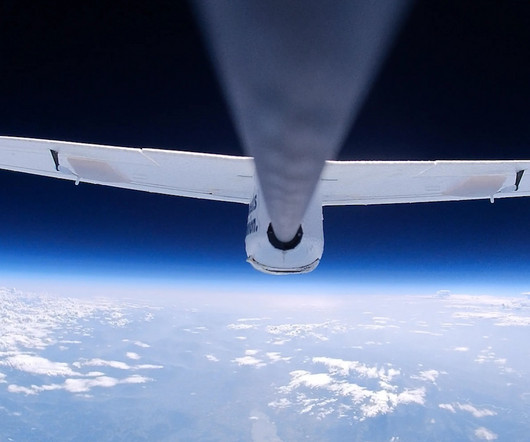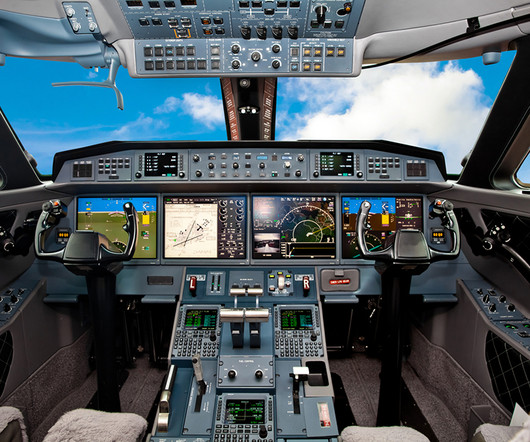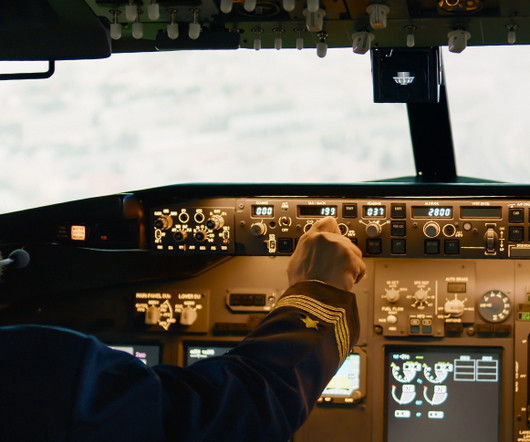Meteomatics unveils the Meteoglider, a high-altitude weather data revolution
Aerotime
MARCH 25, 2025
On March 20, 2025, Swiss weather intelligence company Meteomatics announced the launch of the Meteoglider – a new type of system for the collection of high-altitude meteorological data. The glider achieves speeds of nearly 460 feet (140 meters) per second in its descent.











Let's personalize your content